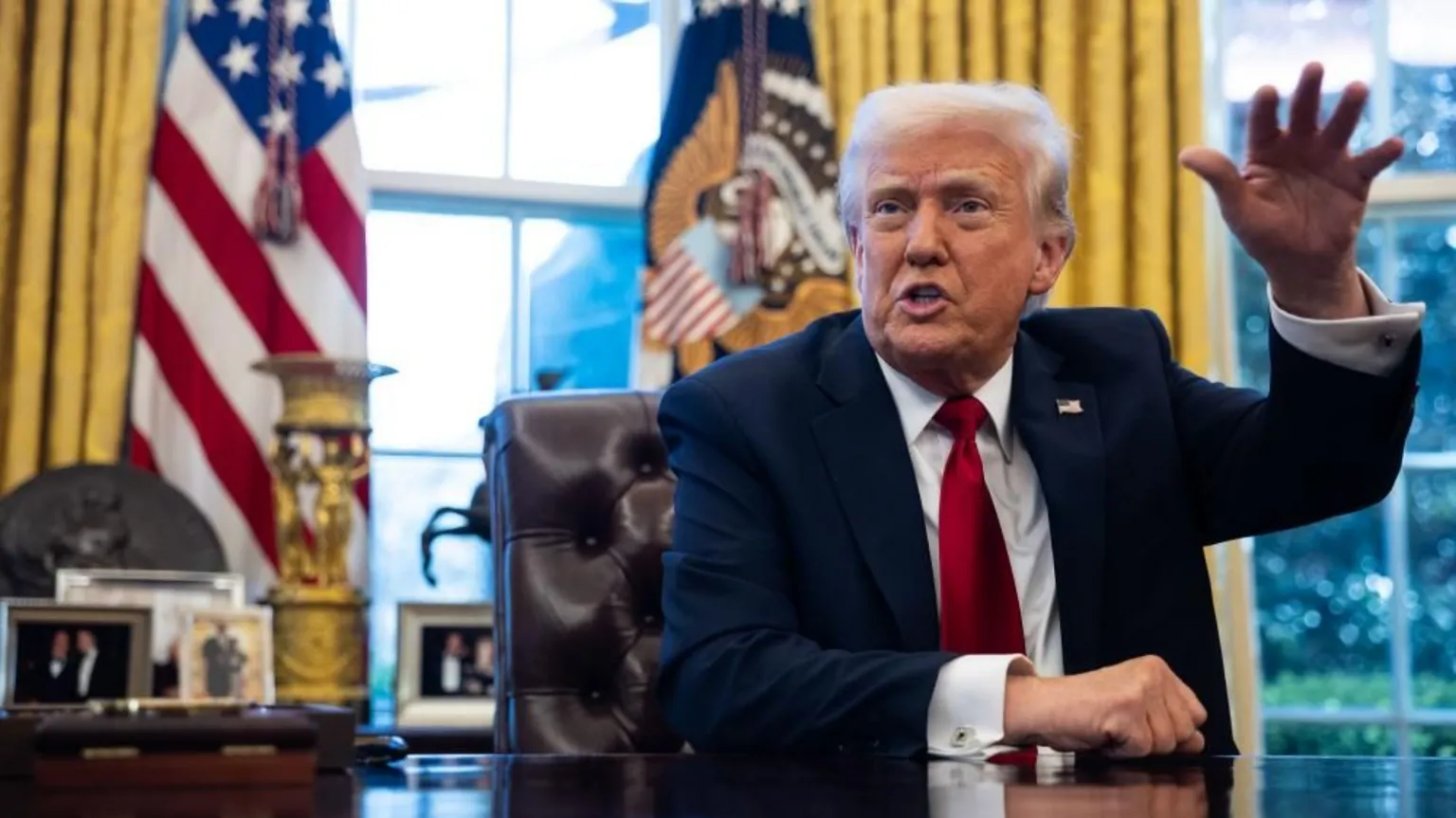Today, President Donald Trump is set to announce a series of new tariffs, marking what he has termed “Liberation Day.” These measures aim to address trade imbalances by imposing duties on various imported goods. Investors are closely monitoring these developments, as the tariffs are expected to have significant implications across multiple sectors.
Key Points:
- Scope of Tariffs: The specifics remain uncertain, but reports suggest a potential 20% tariff on most imports, a departure from previously discussed targeted rates. This broad approach could affect numerous U.S. trading partners and is anticipated to generate substantial revenue, estimated at $600 billion annually.
- Affected Sectors: Industries such as automotive, technology, and agriculture may experience increased costs due to these tariffs. Companies reliant on imported components or raw materials could face margin pressures, leading to potential price adjustments for consumers.
Investment Strategies:
- Domestic Manufacturers: With imported goods becoming more expensive, domestic companies producing similar products might see increased demand. Investors could consider reallocating portfolios to include firms that stand to benefit from reduced foreign competition.
- Commodity Markets: Tariffs on specific goods can lead to supply constraints, impacting commodity prices. For instance, duties on imported metals might drive up domestic metal prices, benefiting local mining companies.
- Emerging Markets: Countries not directly targeted by the tariffs may become alternative suppliers for certain goods, potentially boosting their economies. Identifying and investing in these emerging markets could offer new opportunities.
As the global trade landscape shifts, staying informed and agile is crucial for investors. By understanding the nuances of these new tariffs and their ripple effects, you can position your portfolio to mitigate risks and capitalize on emerging opportunities.




